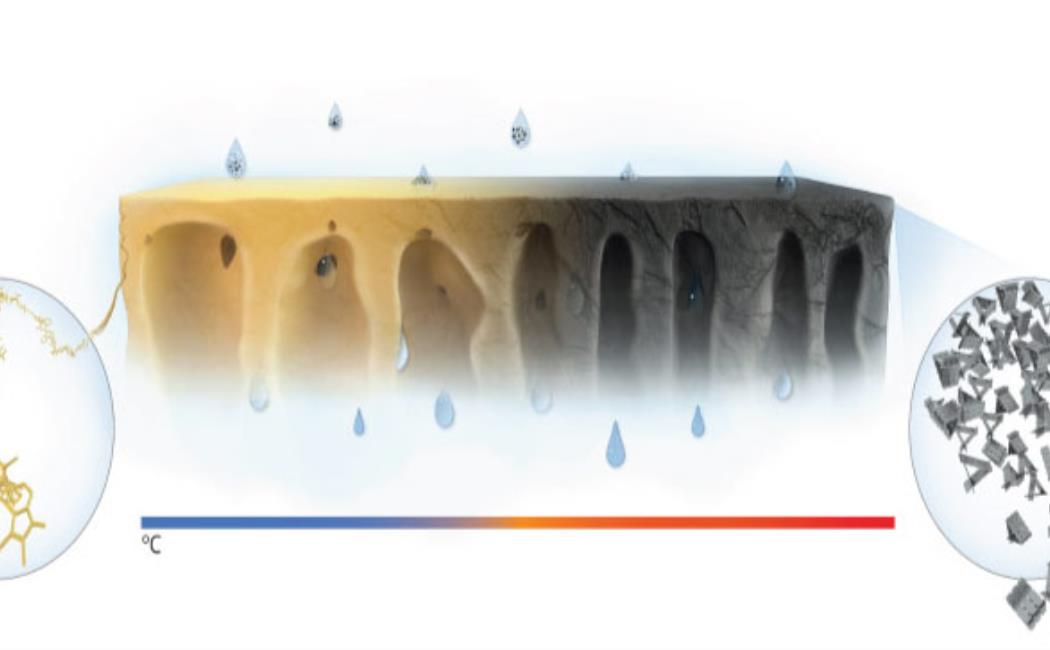


18 August, 2022
A robust nanofiltration membrane that acts as a highly effective molecular sieve can avoid many of the problems with current polymer membranes.
Filtration plays a crucial role in many industries, ranging from water purification to pharmaceutical production. Organic solvent nanofiltration, for example, uses membranes with tiny pores to remove molecules that are dissolved in organic (carbon-based) solvents.
Nanofiltration is more energy efficient than alternative separation methods such as distillation. But to withstand the rigors of industrial use, nanofiltration membranes must be stable against harsh solvents, acids and bases.

“Unfortunately, the majority of polymer-based membranes exhibit poor chemical stability,” says postdoc Rifan Hardian. These membranes typically need additional chemical crosslinkers to improve their stability, which complicates their manufacture. Many membranes, as they swell and age, also tend to lose their performance and they may even break down to release trace contaminants.
Hardian and his KAUST colleagues Mahmoud A. Abdulhamid and Gyorgy Szekely have now overcome these drawbacks by creating a new kind of carbon molecular sieve (CMS) membrane that does not require additional crosslinkers.
https://discovery.kaust.edu.sa/en/article/1260/burning-membranes-for-molecular-sieving